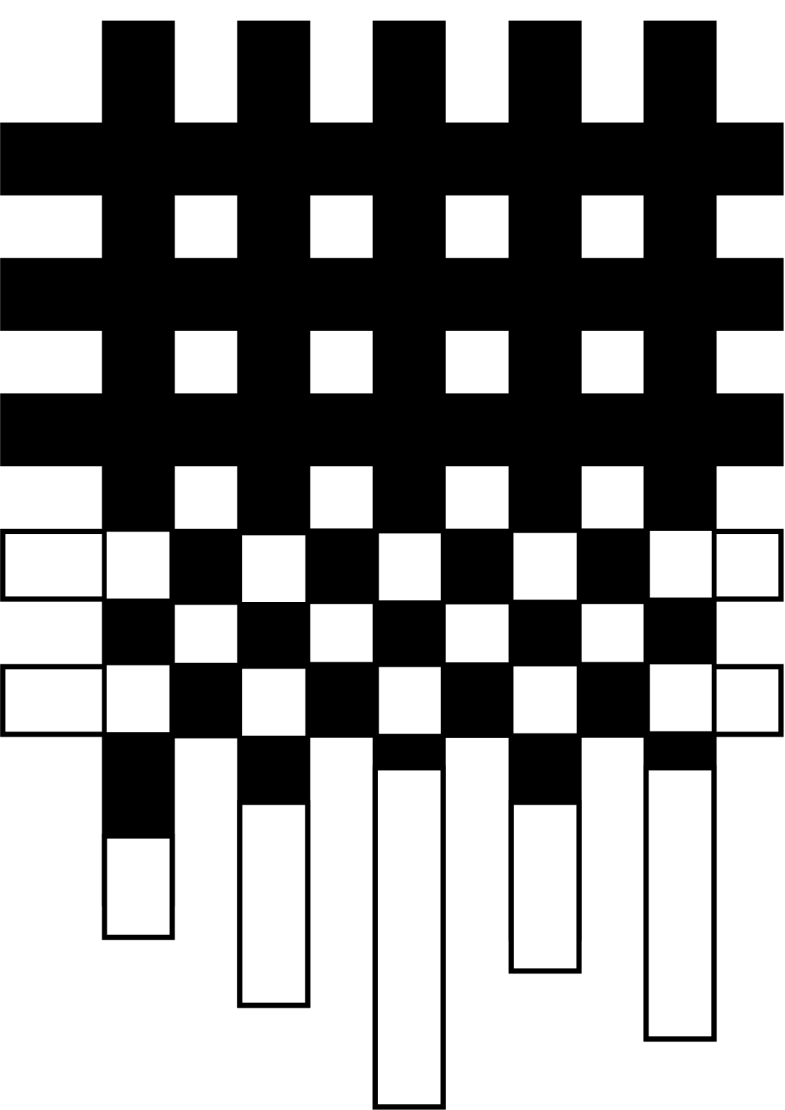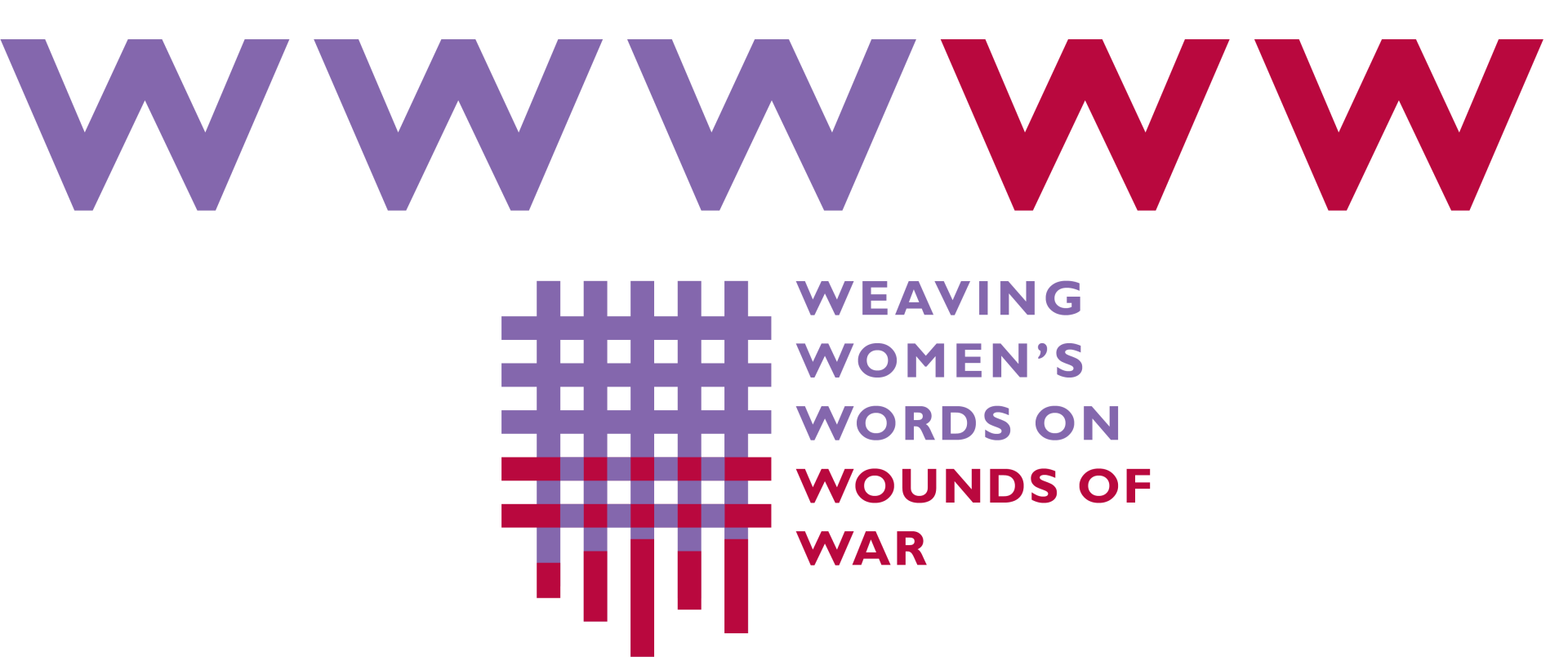
AN EXHIBITION OF ARTWORKS
COLLECTIVELY MADE WITH COMMUNITIES
OF WOMEN WHO ENDURED
THE PUNISHING IMPACT OF IMPUNITY
DURING THE MARTIAL LAW REGIME.
AN EXHIBITION OF ARTWORKS
COLLECTIVELY MADE WITH COMMUNITIES
OF WOMEN WHO ENDURED
THE PUNISHING IMPACT OF IMPUNITY
DURING THE MARTIAL LAW REGIME.
With heightened sensitivity to the challenges of
accounting for the toll of Martial Law—in this project,
in six palces that remain obscured—THIS EXHIBITION
INTRODUCES THE PUBLIC TO THE IMPACT
OF AUTHORITARIAN IMPUNITY IN TINY MUSLIM
AND KATUTUBÒ COMMUNITIES
THEIR APPROVAL OF THE INDIVIDUAL ARTWORKS
CONCERNING THEMSELVES INCLUDES
THEIR GUIDANCE ABOUT WHAT THEY WISH THE
PUBLIC TO KNOW AT THIS TIME; AND WHAT NEEDS
TO BE CONVEYED WITH GUARDED POSTURES.
WHAT HAPPENED TO THEM DO NOT LEND TO EASY
STORYTELLING. THEIRS ARE NOT STORIES THAT
TRANSLATE IN STRAIGHTFORWARD WAYS
FROM RAW EXPERIENCES TO NARRATIVE FORM.
THE WOMEN THEMSELVES
HELPED CREATE
THIS EXHIBITION, WHICH IS
PRESENTED WITH THEIR
INDIVIDUAL PERMISSIONS.
They worked with a hand-selected
exhibition team to formulate artworks
that communicate their experiences
in ways that preserve their dignity.
IN PHYSICALLY POETIC WAYS, "WEAVING WOMEN'S WORDS
ON WOUNDS OF WAR" BEARS WITNESS TO
PUNISHING EXPERIENCES ENDURED BY PARTICULAR WOMEN,
whom you will meet in this exhibition. They lived their tough participation
in war or massive social change during the period immedietaley before and
during the early years of Martial Law in the Philippines (1972 - 1984),
when their home communities faced the full brunt of the regime's impunity.
These experiences transpired outside mainstream awareness, then and now.
This extremely exploitative
modernism could only have
produced resistance from
the communities that
President Marcos assumed
would stand aside,
to allow progress for
the country's dominant groups.
The women who helped make
this exhibition were among those
who did not stand aside
and took on the brutality of Martial Law.
The Transitional Justice lens
is necessary to discern
the location of state transgression,
although the lens also
has to be recalibrated to focus
on the subtle variations
represented by each group.
This exhibition is one culminating
point of the project,
"Weaving Women's Transitional Justice
Narratives", undertaken by
the Department of fPolitical Science
of the Ateneo de Manila University,
with support from
the La Agencia Española
de Cooperación Internacional
para el Desarrollo (AECID) of Spain.
The other culminating point
is a book that brings together
more than two years of research
seeking the perspective of
women who either decided
for direct participation in
armed resistance to state policy
inimical to their wellbeing,
suffered extraordinary
human rights violations, or both.
MARTIAL LAW ALLOWED THE GOVERNMENT OF PRESIDENT FERDINAND MARCOS
TO REGARD THE PHILIPPINES' INTERIOR AREAS AS AVAILABLE—
WITH NO CONSTRAINTS—TO NATURAL RESOURCE EXPLOITATION.
THE LARGE-SCALE PROJECTS WERE ARTICULATED AS GRAND NATIONAL
DEVELOPMENT STRATEGIES, WHICH DID NOT RECOGNIZE THE PRIOR STAKE
OF SMALL COMMUNITIES LIVING IN THE AREAS TO BE DENUDED, OR FLOODED,
OR DUG UP, OR FLATTENED—LITERALLY OR CULTURALLY.
PRESIDENT MARCOS WAS SIMULTANEOUSLY GERRYMANDERING,
CUTTING UP MINDANAO PROVINCES TO CREATE POLITIES WHERE SETTLER
FAMILIES TOOK POLITICAL POWER FROM INDIGENOUS COMMUNITIES.
The women involved in this exhibition
live in Palimbang, Sultan Kudarat;
Tabuk and Buscalan, Kalinga;
Lake Sebu and Tboli, South Cotabato;
Manili, Carmen, Cotabato; Jolo, Sulu;
and peripatetically in the vast home waters
of the Sama peoples in Sulu and Tawi-Tawi.
WWWWW in the Ateneo Art Gallery
All Rights Reserved | Weaving Women's Voices

